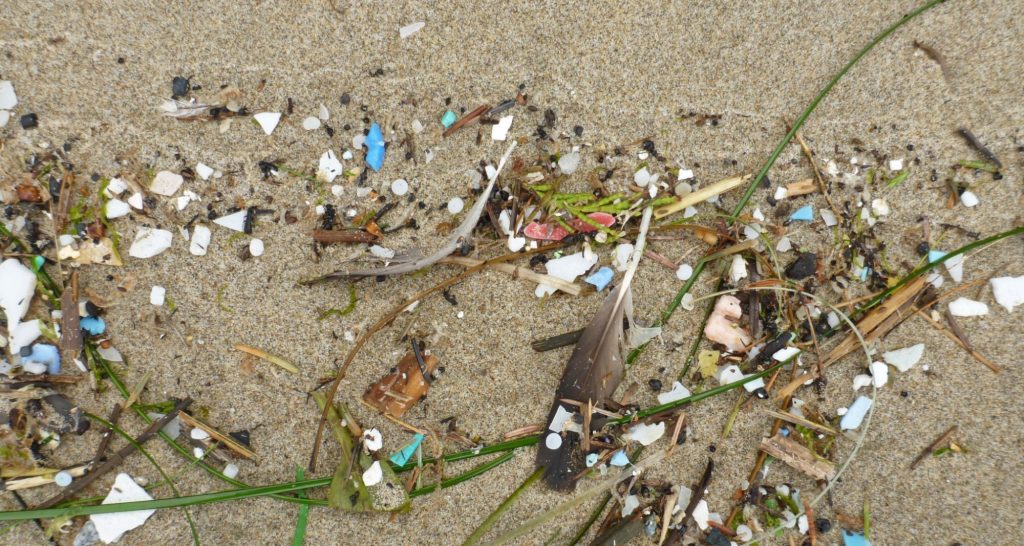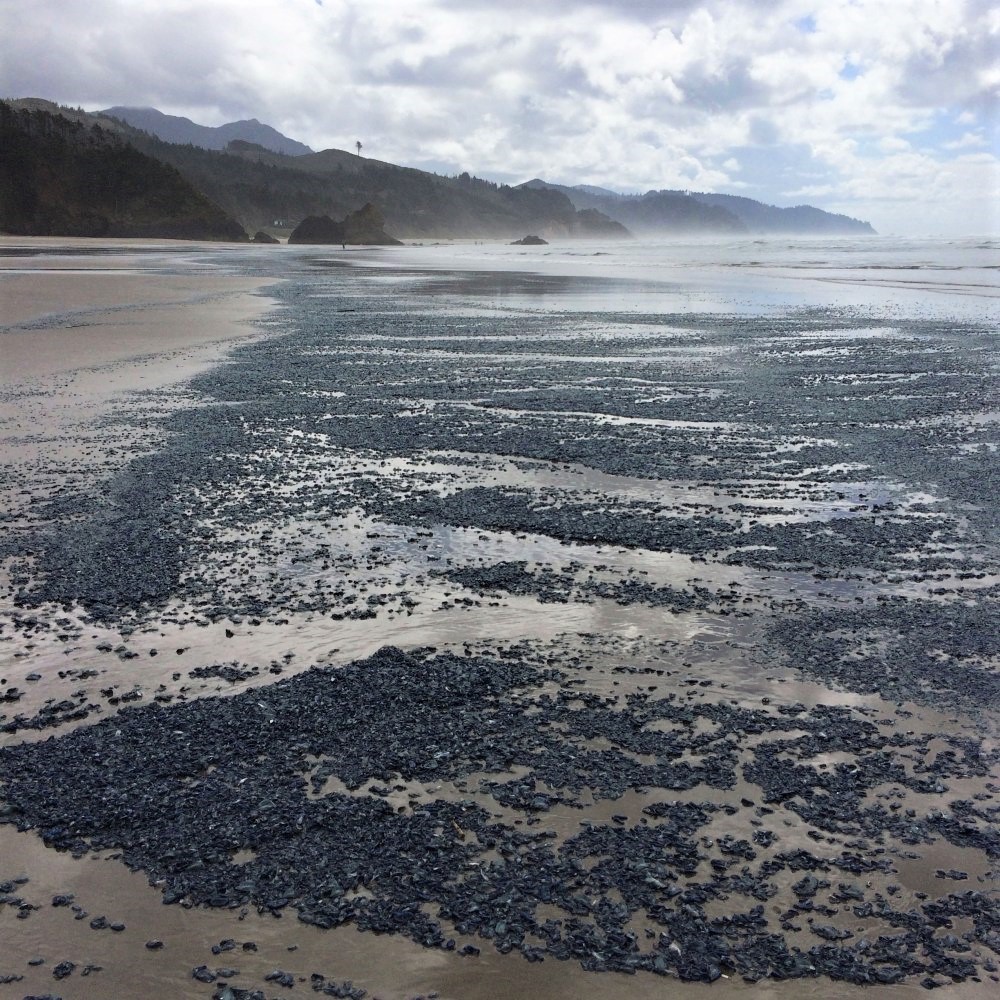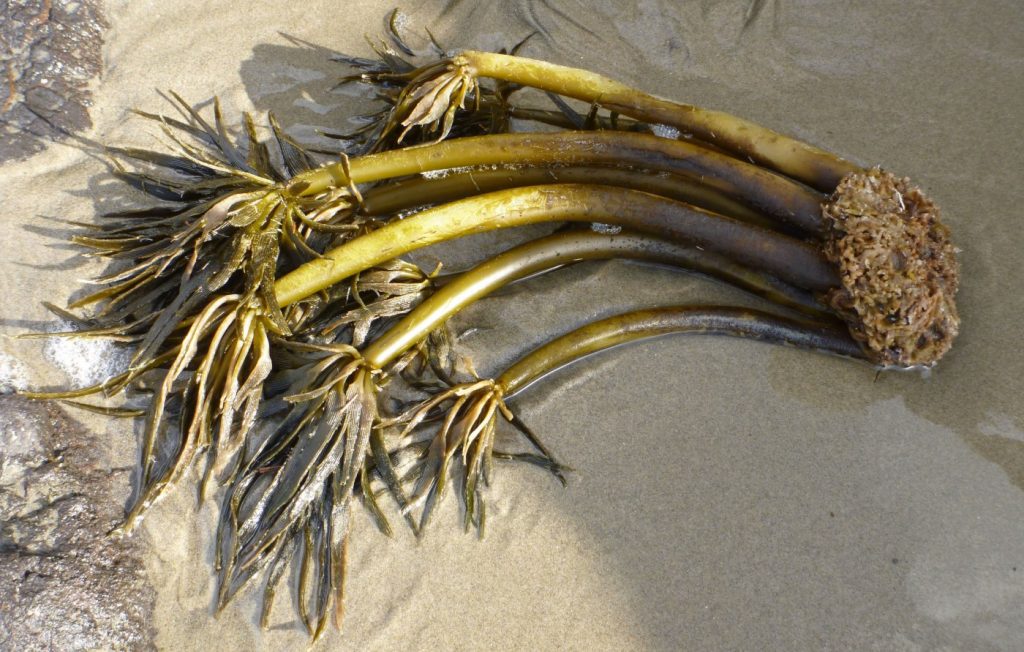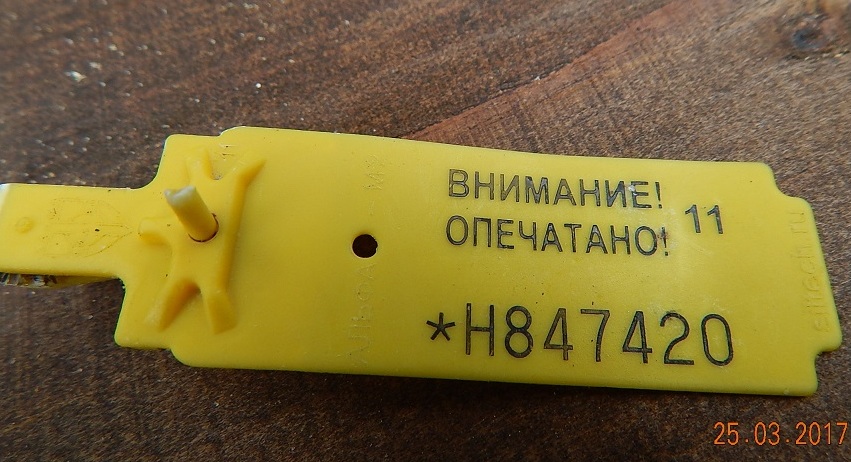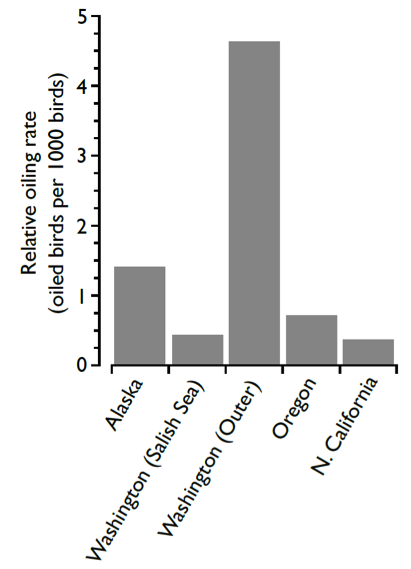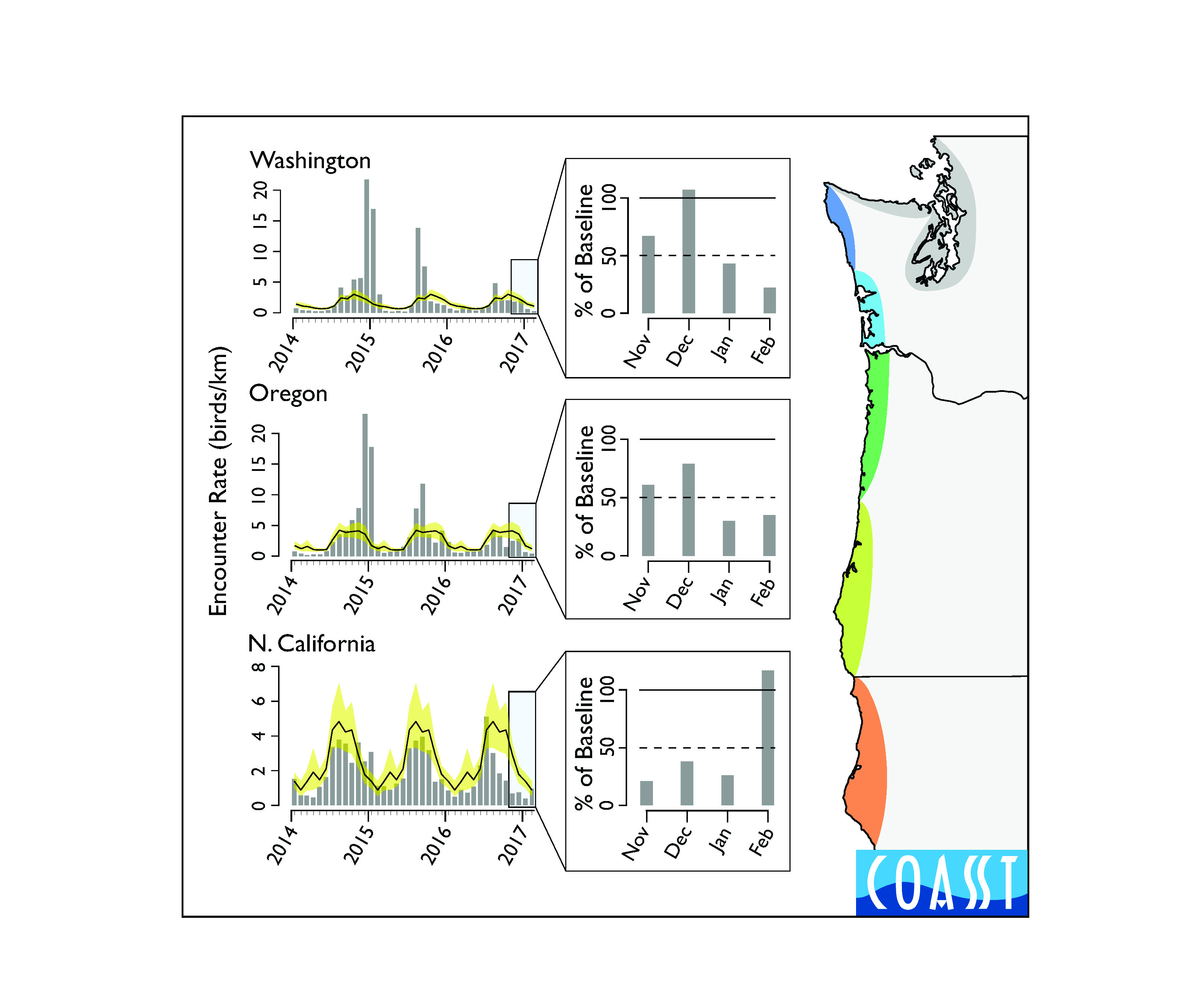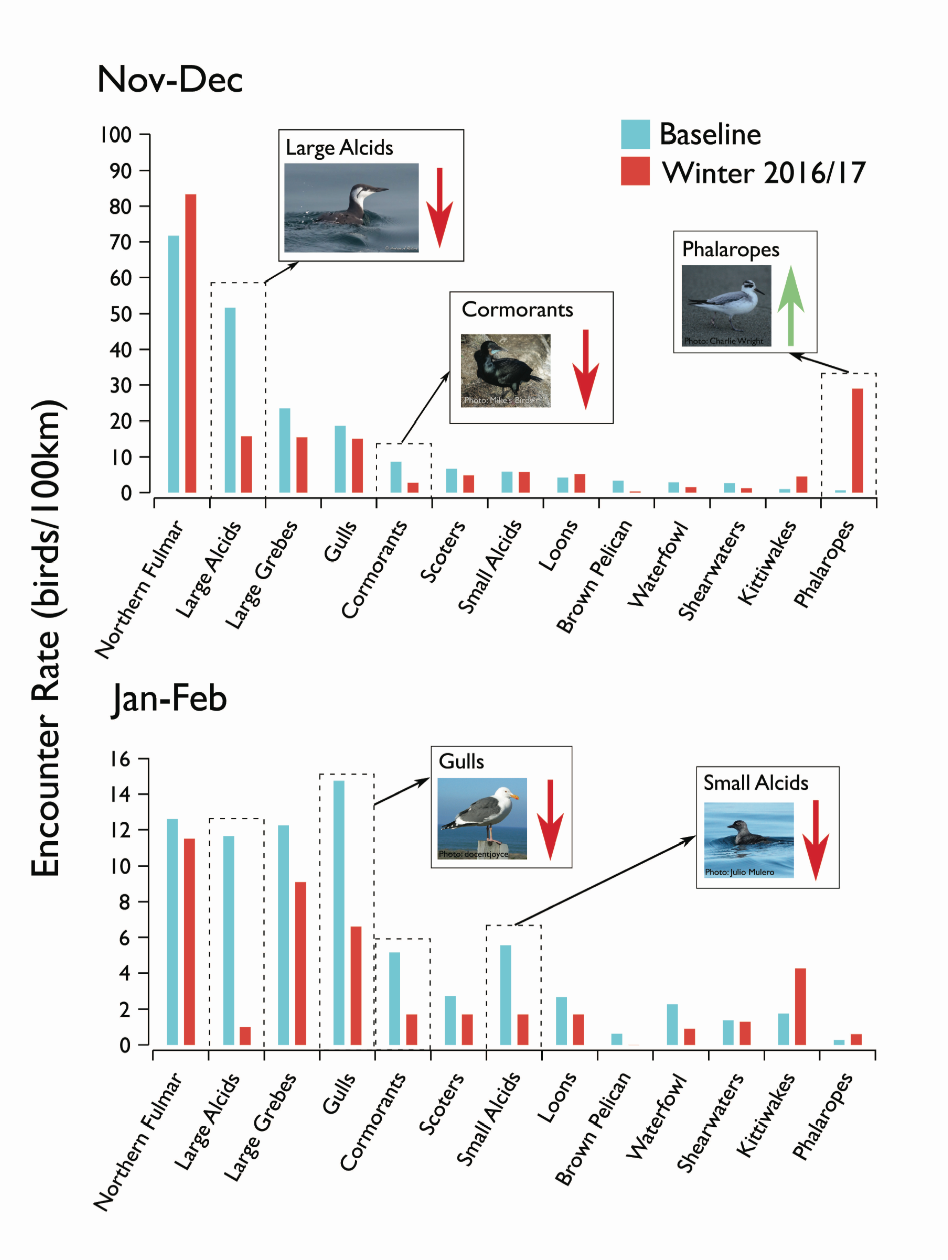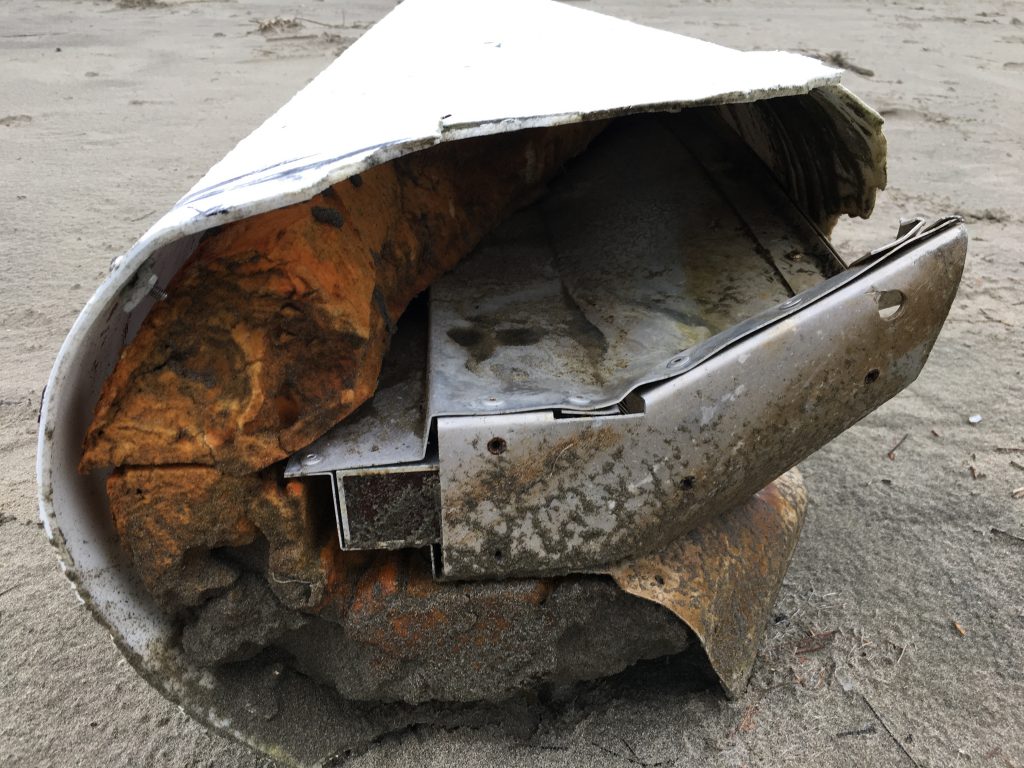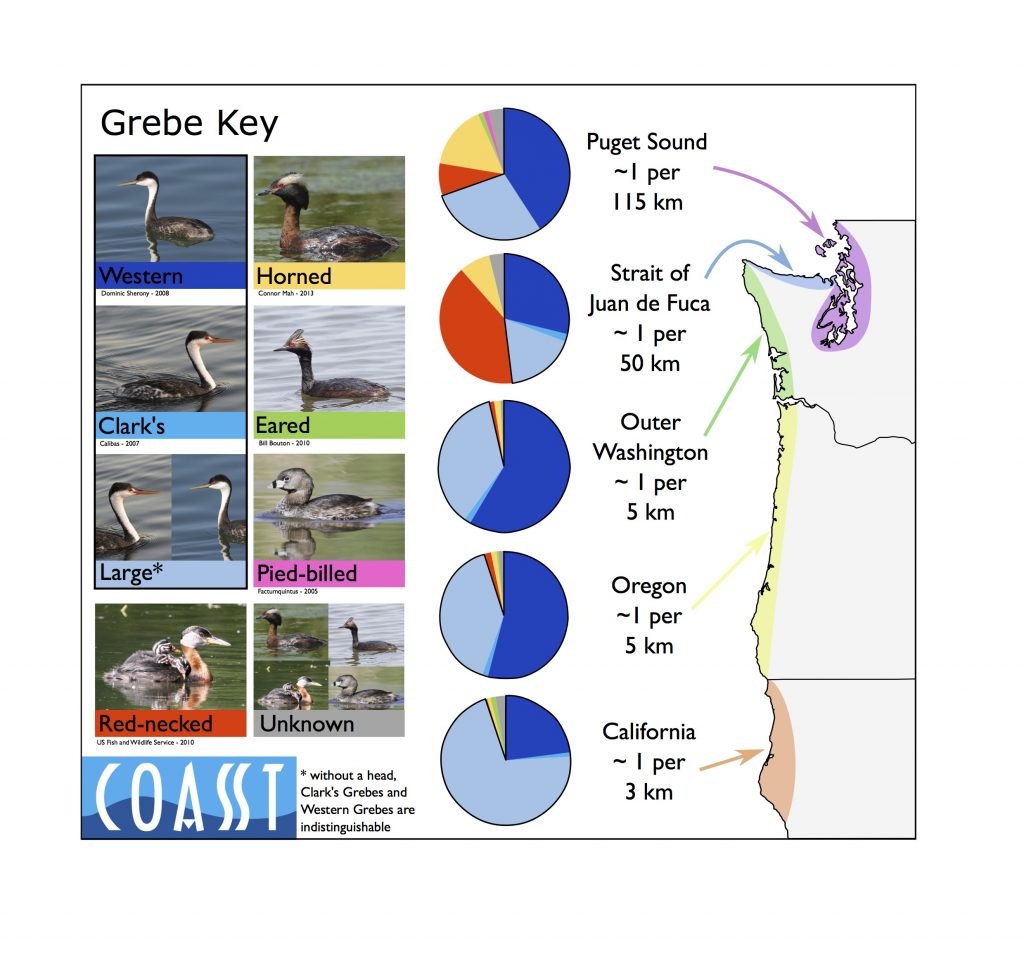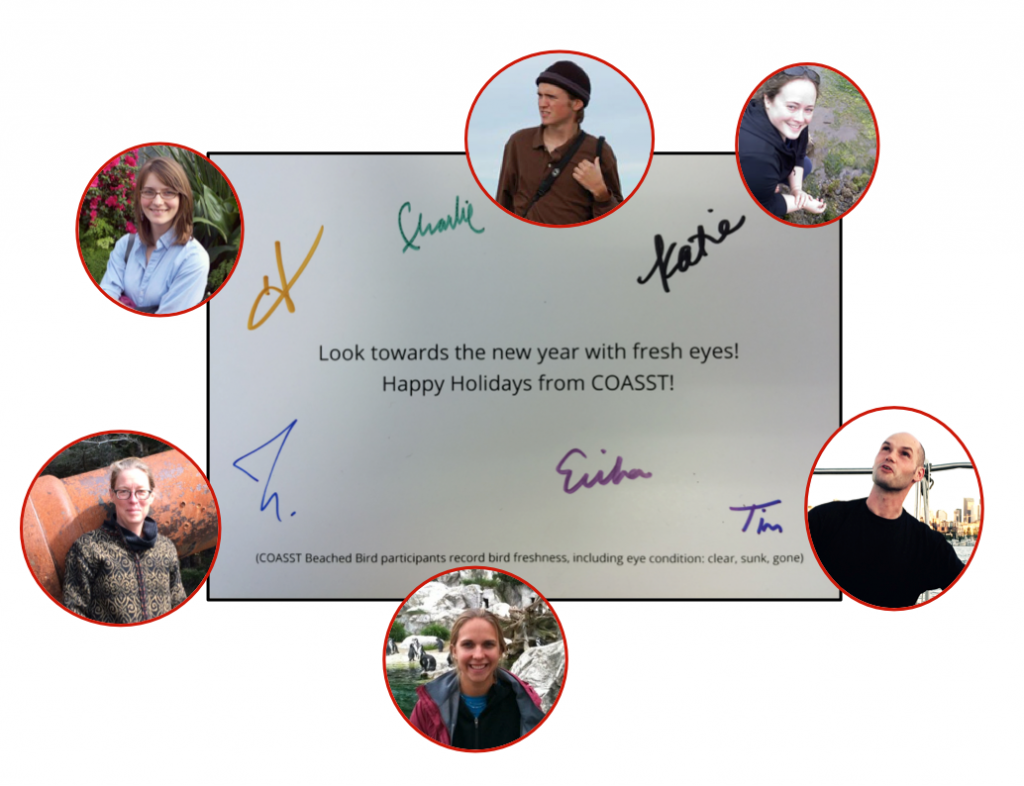The presence and composition of wrack (the seaweed and other material washed in on high tide) varies from beach to beach, day to day, and season to season. Looking through the kelp, crab molts, wood chips, or Velella velella that wash in provides a dynamic and fascinating window into the world just offshore.
Wrack piled high and in big lumps can obscure the likelihood of finding what we look for during COASST surveys. That’s why COASST keeps track of the proportion and continuity of beach zones, and in which zone birds or debris are encountered. With this information, we can better estimate the quantity of what washes in.
So what’s in the wrack zone anyway, and how does it get there?
Much of what we find once grew and lived in the ocean. Macroalgae (seaweed) includes species that either float freely or are anchored to the seabed. The latter can be broken by waves during high energy storms, freeing it for transportation onshore by wind and tides.
Other material that ends up in the wrack lives or has sunk to the seabed, such as crab molts. Large waves can disturb the seabed and refloat these objects, which are then transported onshore. This is why wrack is thickest, and often contains the most variety, after large winter storms. At certain times of year, the wrack zone may also consist of a thick band of Velella vellela, the result of onshore wind that pushes these “by-the-wind sailors” onto beaches.
As wrack decomposes, it can stink. But it also provides the building blocks – nutrients and substrate – for the dune grasses that stabilize our beaches and provide habitat for nesting shorebirds. Additionally, it provides habitat and food for invertebrates like insects, crabs and sand-hoppers, species that are in turn eaten by birds and other critters up the food chain.
Clumps of wrack are surrounded by a cloud of beach hoppers. Yet, high-use tourist areas sometimes remove wrack, to the detriment of abundance and diversity of beach flora and fauna.
Here are a few of the species that COASSTers encounter in the wrack zone:

Gigartina exasperata, Turkish towel
Special thanks to Steve Morey, of theoutershores.com for sharing his beautiful photos with COASST. To see more of Steve’s photos of what washed into Oregon beaches, visit his website.

